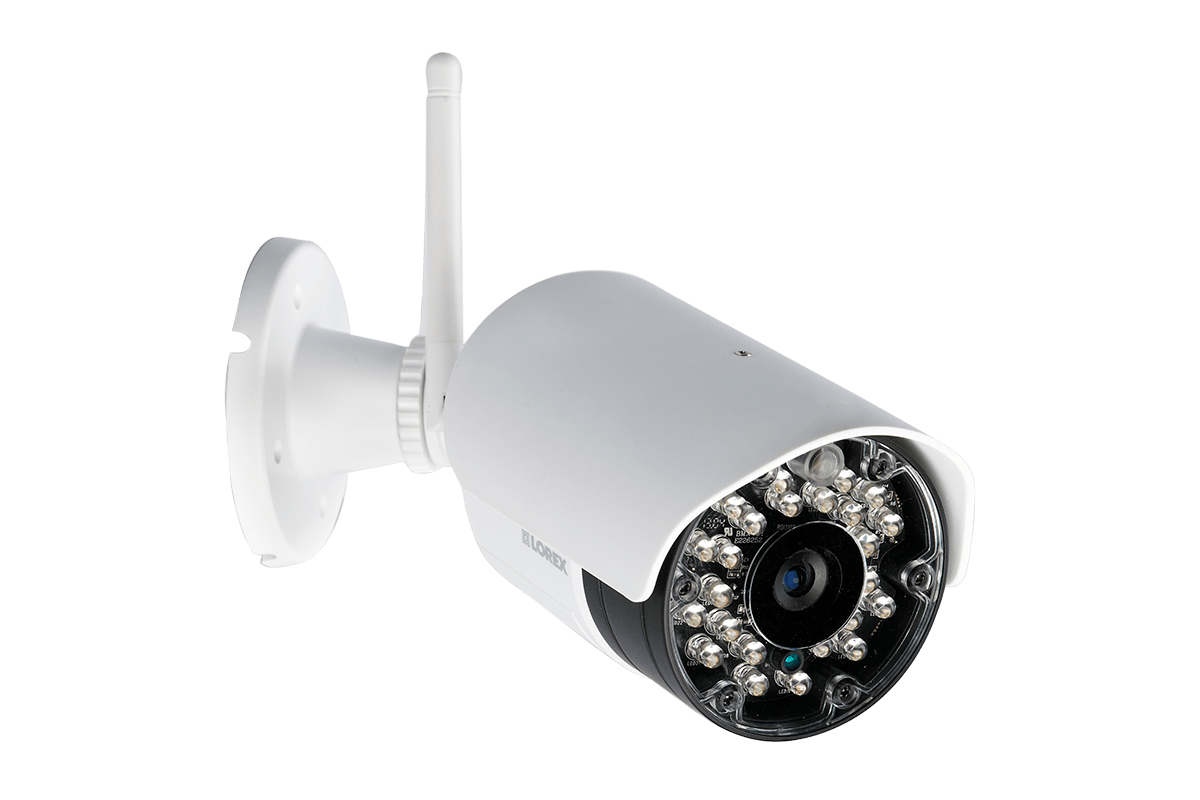Find IP Cameras On Telegram: Channels & Groups
In an age where surveillance is ubiquitous, are you truly aware of the technology safeguarding your surroundings? The proliferation of Internet Protocol (IP) cameras, readily accessible and often overlooked, presents a complex landscape of privacy, security, and accessibility.
The digital world is awash with options, from sophisticated security systems to readily available, often affordable, consumer-grade cameras. This accessibility, however, raises crucial questions about the data these devices collect and the ease with which this information can be accessed, potentially by unauthorized individuals. This article delves into the realm of IP cameras, exploring their diverse applications, potential vulnerabilities, and the steps individuals can take to protect their privacy and security in this increasingly connected world. It's a complex tapestry woven with threads of technological innovation, societal implications, and the ever-present tension between convenience and control.
Before going further, it's crucial to acknowledge the diverse ecosystem of IP cameras. From the simple webcams, utilized for video calls and online conferences, to highly specialized surveillance units deployed in public spaces, their capabilities, design, and the data they collect vary greatly. This diversity, coupled with the rapid advancements in sensor technology, cloud computing, and artificial intelligence, results in a dynamic environment, with new features, functionalities, and vulnerabilities emerging constantly.
The primary concern for many is the potential for unauthorized access. IP cameras, like any connected device, are vulnerable to cyberattacks. Weak passwords, outdated firmware, and security flaws can be exploited by malicious actors to gain control of the camera, view its footage, and even use it to eavesdrop on conversations. The consequences of such breaches can range from simple embarrassment to severe invasions of privacy, including identity theft and stalking.
The rapid expansion of social media and the internet has also led to the development of digital communities centered around IP cameras. Within these groups, individuals often exchange information, offering guidance and support to others who are navigating the complexities of network security. While some of these communities focus on sharing technical knowledge and troubleshooting common problems, others provide a place for discussing broader issues related to surveillance, personal safety, and privacy.
One of the most common routes for finding and utilizing IP cameras is via the Telegram messaging app. Telegram, due to its open nature and emphasis on user-generated content, has become a popular platform for sharing and discovering information, including access to IP cameras. Many Telegram channels and groups are dedicated to discussing and sharing information about IP cameras, often linking to or providing access to live feeds.
The search function within Telegram, enables users to find channels and groups dedicated to IP cameras. Often, these channels and groups are centered around specific types of cameras, such as those utilizing QR codes for initial setup, or are organized by location or other thematic criteria.
When searching for information on IP cameras, it is easy to come across channels that provide daily updates of QR codes, for example. These QR codes can be used to configure and access a large number of cameras, but the use of these codes can raise numerous security concerns. If an unauthorized individual gains access to the information, they could potentially monitor private locations and gather valuable data.
For users of Telegram looking for support, several groups also exist dedicated to offering technical support and guidance related to various aspects of IP cameras. Users can often find assistance with specific models, troubleshooting common issues, and learning best practices for securing their devices.
The accessibility of IP camera feeds on platforms such as Telegram creates serious legal and ethical dilemmas. Unauthorized access to and dissemination of live feeds constitutes a privacy violation, and the potential for misuse by unauthorized individuals further complicates the legal landscape. The consequences of such breaches range from civil lawsuits to criminal charges, depending on the nature of the infringement and the laws of the relevant jurisdiction.
The responsibility for safeguarding personal privacy is paramount. The increasing prevalence of IP cameras reinforces the necessity for individuals to implement robust security measures. These include employing strong, unique passwords for all connected devices, keeping firmware updated to address vulnerabilities, and being mindful of the settings and permissions associated with each camera.
The core concepts outlined above can be difficult to grasp, but with awareness and proactive steps, individuals can safeguard their privacy and security within this increasingly connected world. The following sections expand on the security measures, legal considerations, and ethical implications associated with IP cameras. They offer practical advice and resources to help individuals navigate the complexities of surveillance technology, and protect themselves from potential risks.
The discussion of IP cameras is not merely technical, but also philosophical. It highlights the balance between technological advancement and societal responsibility. As technology continues to reshape our lives, it is up to individuals, organizations, and governments to work together to establish clear ethical guidelines and standards to promote privacy, ensure security, and uphold the value of human rights.
Security is not simply a matter of technological implementation; it is a multifaceted approach involving awareness, education, and vigilance. Educating yourself on the potential risks associated with IP cameras, understanding the security vulnerabilities inherent in these devices, and learning the best practices to mitigate them are essential. Being proactive about safety and taking these steps is important. In addition to educating yourself on security matters, it's crucial to remain vigilant. Periodically check the configuration of your cameras, review the access logs, and be wary of any unusual activity. If you see something, say something.
Understanding the legal environment surrounding IP cameras is an equally important consideration. Different jurisdictions have diverse laws concerning the recording, storage, and dissemination of video and audio data. Being familiar with these regulations, especially if you are a business owner, can help protect you from legal liabilities and ensure compliance with the law.
The ethical dimensions of using IP cameras should also be carefully considered. The ease with which IP camera footage can be recorded and shared raises questions about consent, privacy, and social responsibility. Being mindful of these ethical considerations helps users create a safer, more secure online experience.
The continuous advancement of technology gives rise to new risks and opportunities. As IP cameras become more sophisticated and integrated into various aspects of our lives, it is imperative that we continuously evaluate and adapt our security measures, understand the legal implications, and adopt ethical practices. Through a combination of awareness, education, and proactive actions, we can maintain our privacy, secure our data, and protect ourselves in a world where surveillance is ever-present.
The following table provides an overview of key terms and concepts relevant to the discussion of IP cameras:
| Term | Definition |
|---|---|
| IP Camera | A camera that uses the Internet Protocol to transmit video and audio data over a network. |
| QR Code | A two-dimensional barcode that can be scanned by a smartphone or other device to access information. |
| Firmware | The software that controls the hardware of a device, such as an IP camera. |
| Vulnerability | A weakness in a system that can be exploited by a malicious actor. |
| Cyberattack | An attempt to gain unauthorized access to a computer system or network. |
| Privacy | The right of an individual to control the use of their personal information. |
| Security | Measures taken to protect a system or network from unauthorized access or use. |
| Telegram | A messaging app known for its focus on privacy and security. |
| CCTV | Closed-circuit television; a system of surveillance cameras. |
| Surveillance | The monitoring of activities, behavior, or other information. |
| Password | A secret word or phrase used to access a computer system or network. |
| Encryption | The process of encoding information to prevent unauthorized access. |
Here is a table with the bio data, personal information, career, professional information, and a reference link for the topic IP Camera Security & Privacy
| Category | Details |
|---|---|
| Subject | IP Camera Security & Privacy |
| Overview | A comprehensive look at the security and privacy considerations related to Internet Protocol (IP) cameras. It explores vulnerabilities, ethical implications, legal aspects, and best practices for protecting user data and preventing unauthorized access. |
| Key Aspects |
|
| Areas Covered |
|
| Reference Website | Security.org (Provides a comprehensive guide to the security of IP cameras) |
| Relevance | Essential for individuals, businesses, and organizations utilizing IP cameras to ensure the privacy and security of their data and systems. |
| Impact | Understanding these aspects can reduce the risk of cyberattacks, data breaches, and privacy violations. |
In essence, the realm of IP cameras offers a mix of benefits and vulnerabilities. The convenience and accessibility of modern surveillance technology must be balanced against the need for robust security measures and ethical considerations. By taking a proactive approach, prioritizing personal privacy, and adopting a well-informed approach to technology, individuals can navigate the digital landscape safely and responsibly. The future of this technology is not just about innovation; it is about creating a safer, more secure world for everyone.


